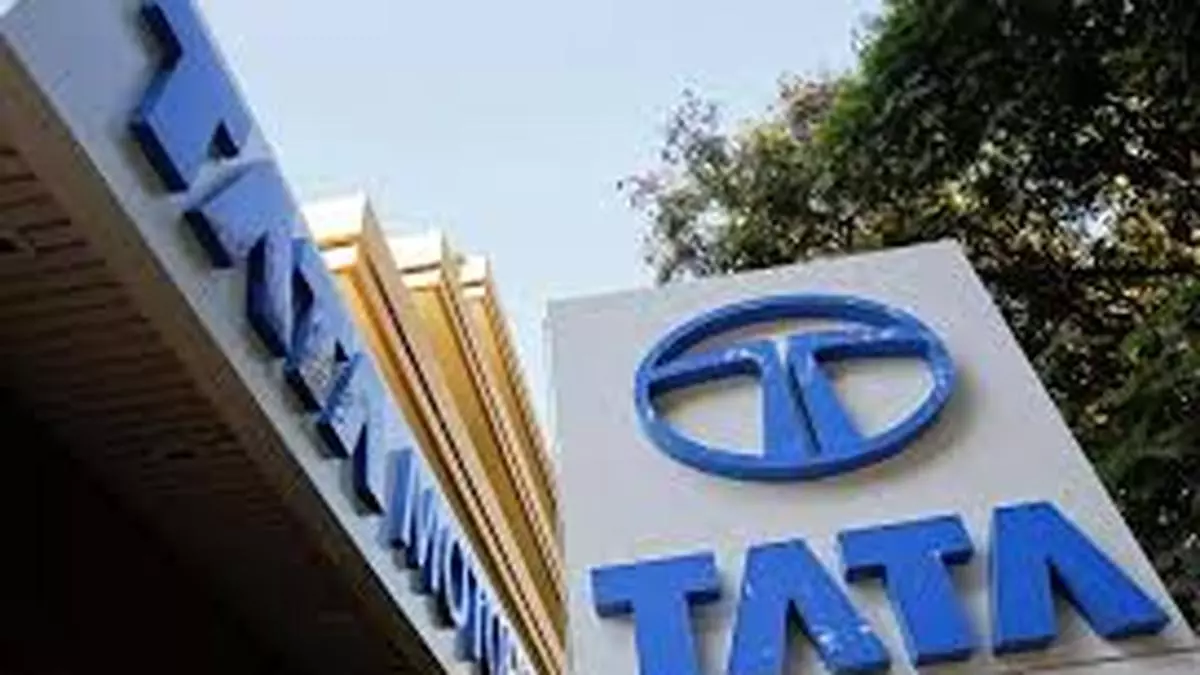Tata Motors reports 11% drop in Q2 FY25 domestic sales, shares plummet
The shares of Tata Motors Limited were trading at ₹937 down by ₹28.20 or 2.92 per cent on the NSE today at 11.11 am, days after Tata Motors Limited announced a significant decline in its domestic and international sales for the second quarter of fiscal year 2024-25 as announced on October 1, 2024. The automaker reported total sales of 215,034 vehicles in Q2 FY25, down from 243,024 units in the same period last year, marking an 11 per cent decrease.
The company’s domestic sales took a hit, falling 15 per cent year-on-year to 69,694 units in September 2024. Commercial vehicle (CV) sales were particularly affected, with domestic CV sales plummeting 23 per cent to 28,631 units in September 2024 compared to 37,214 units in September 2023.
Girish Wagh, Executive Director of Tata Motors Ltd., attributed the CV sales decline to several factors, including a slowdown in infrastructure project execution, reduced mining activity, and lower fleet utilization due to heavy rains. The heavy commercial vehicle (HCV) segment saw a 25 per cent year-on-year decline in Q2 FY25, while the intermediate and light commercial vehicle (ILMCV) segment dropped by 11 per cent.
Passenger vehicle (PV) sales also experienced a downturn, with domestic PV sales (including electric vehicles) decreasing by 8 per cent to 41,063 units in September 2024. The company’s electric vehicle sales took a significant hit, declining 23 per cent to 4,680 units in September 2024.
Shailesh Chandra, Managing Director of Tata Motors Passenger Vehicles Ltd. and Tata Passenger Electric Mobility Ltd., noted that the PV industry overall saw more than a 5 per cent decline in retails compared to Q2 FY24. He cited slow consumer demand, seasonal factors, and the lapse of registration and road tax waivers in key states as reasons for the downturn in electric vehicle sales.
Despite the challenges, Tata Motors remains optimistic about the upcoming festive season, anticipating a gradual improvement in demand, particularly in the ILMCV and Bus segments, followed by M&HCV and SCVPU.
